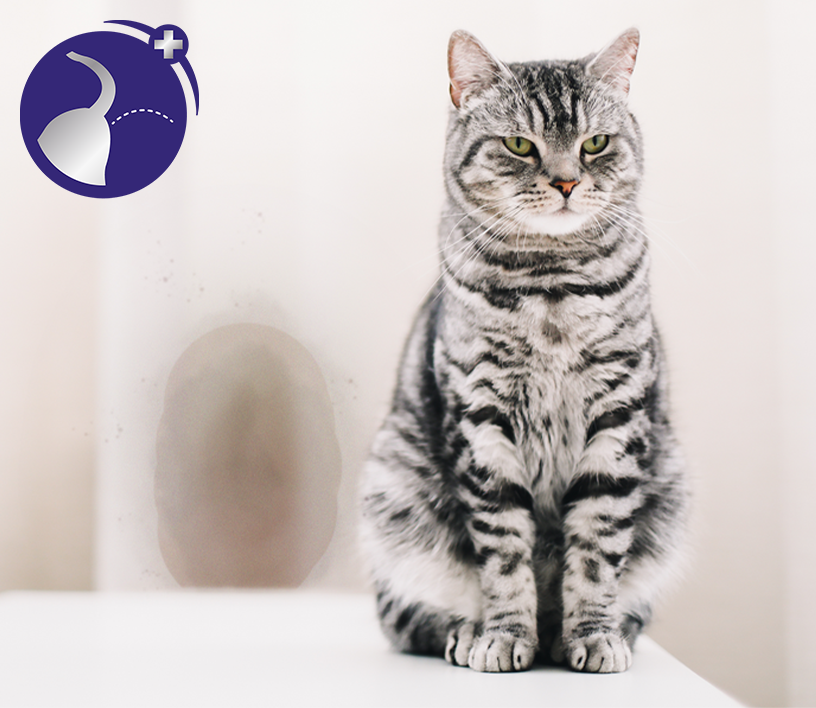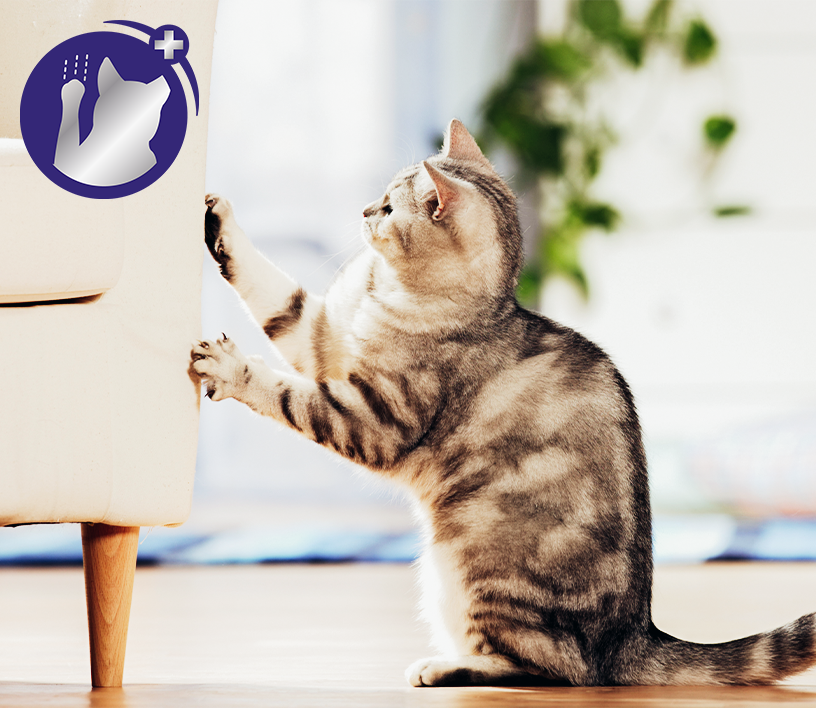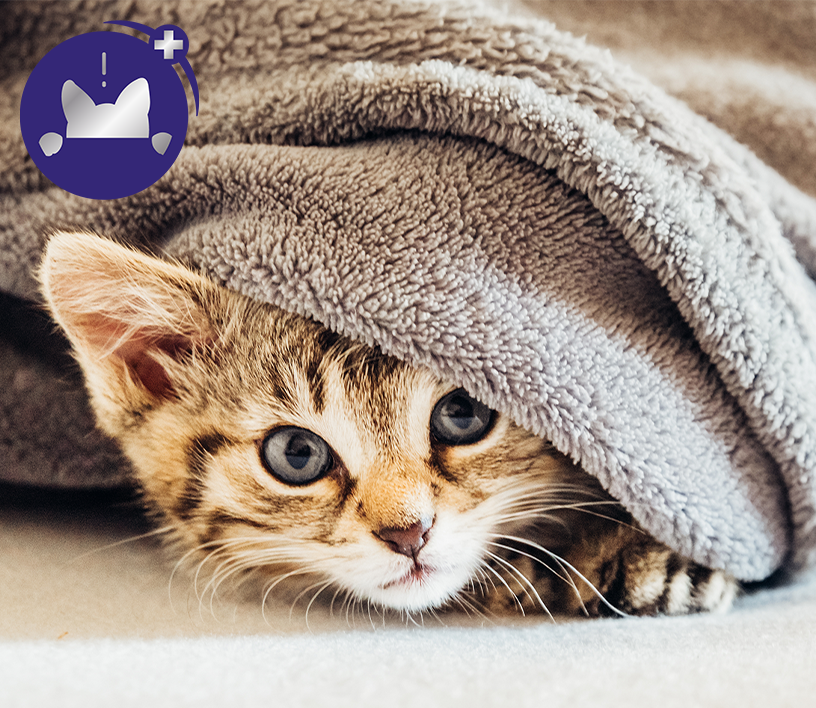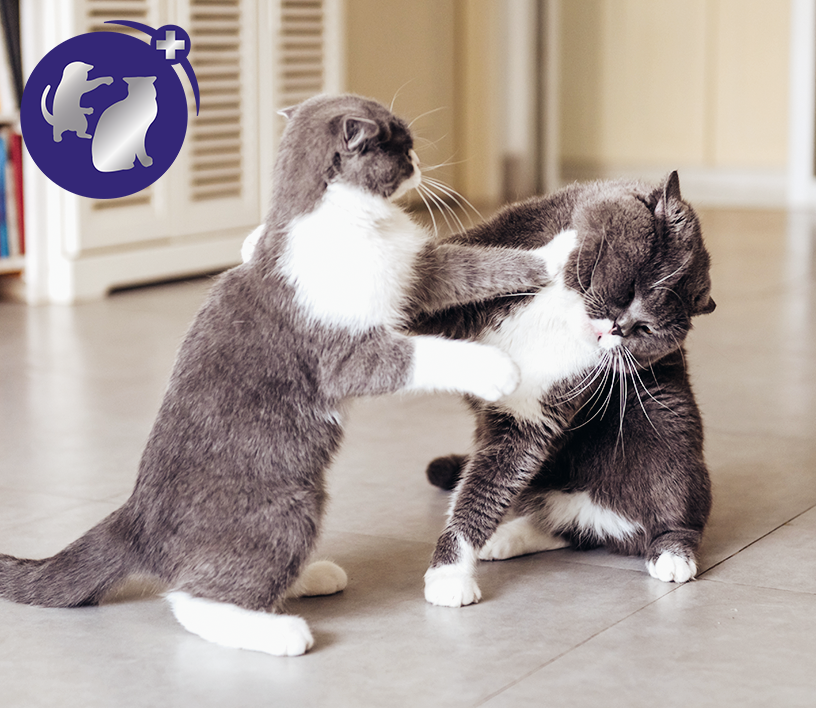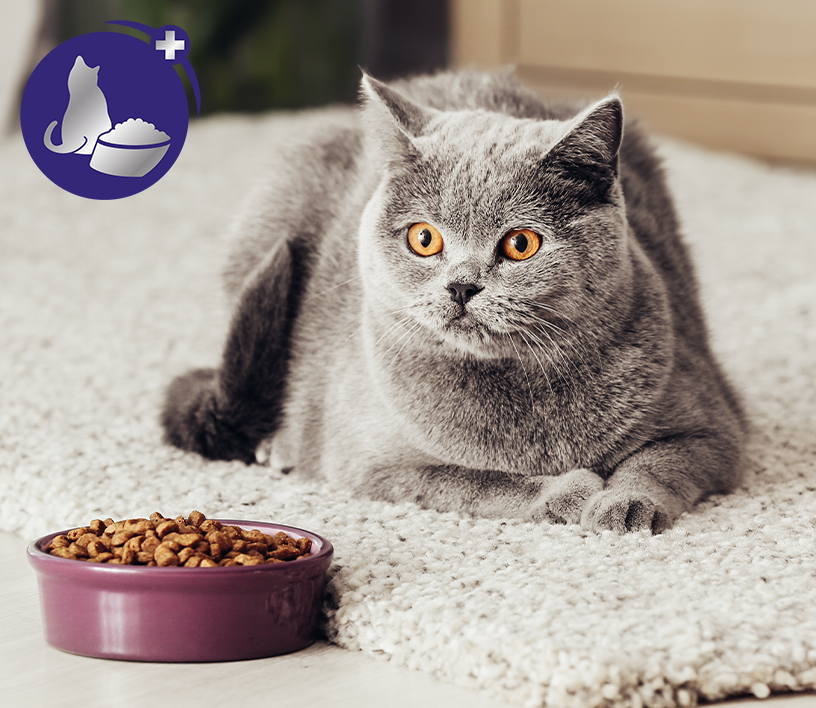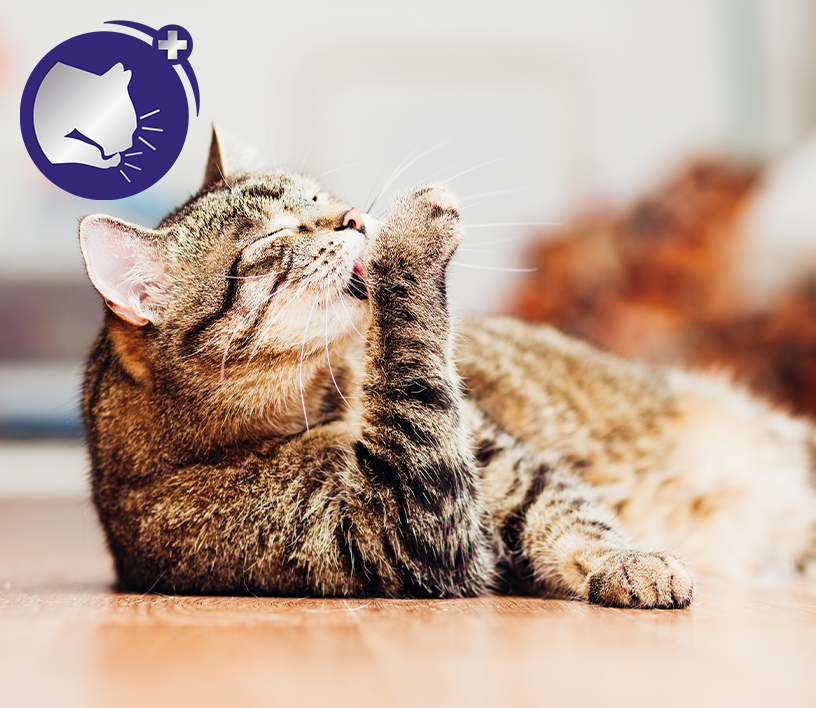
27 Facts About Russian White Cats!
Pure white cats are rare. In fact, only 5% of the general cat population are white. As the Russian White cat is a relatively new breed, you are a very lucky cat parent if you have one as your companion!

Their history
1. The first line of the Russian White cat was developed by Frances McLeod (Arctic) in the 1960s from a white kitten that came from a Russian ship. It was subsequently registered as ‘Arctic Chumvi’.
2. Then, in the 1970s, a beautiful Siberian cat was bred to a Russian Blue; this led to a mixed breed that was white but with the Russian Blue’s characteristics.
3. Although the Russian Blue is more common in many countries, Russian cats are now found as blue, white, or black cats.
4. While the Russian White cat breed started as a mixed breed, after four generations it was registered as an official breed.
5. Russian White cats are practically identical to Russian Blue cats, the only difference is the colour of their coat.

Their appearance
6. These medium-sized cats have long legs, round shaped paws and a graceful movement.
7. Their coat is pure snowy white with no other colour – although kittens may be born with a dark ‘cap’ on their head, which disappears by the time they become an adult.
8. They have a short, dense coat which is soft and silky on the top and thick underneath.
9. Their face is broad and they have wide pointed ears and vivid green eyes. Some kittens have yellow eyes that transition to green by the time they reach adulthood.
10. In general, most Russian White cats weigh between 7-15 pounds (3 - 7 kg) and grow to between 15-18 inches (38 - 45 cm) tall (without the tail). As usual, males tend to be bigger than females.

Personality
11. They can be shy cats, so need to have positive socialisation as kittens to help get them used to visitors.
12. They can be easy going and affectionate, and may love to or nap close to you while you’re watching TV.
13. They love playtime, and can spend a lot of time exploring cat towers, or playing with wand toys or puzzles.
14. Russian White cats are very smart and can be trained to do cat tricks, with the right treat motivation of course!
15. They get along well with children, but at the same time don’t mind spending time alone.
16. They will also tolerate other pets, such as dogs – as long as you don’t expect them to share!
Looking after your Russian White cat
17. All white cats should be tested for hearing problems. It is known that white cats with blue eyes are prone to hearing problems, but as the Russian White cat has green eyes, they are much less likely to be deaf. In fact, according to the College of Veterinary Medicine at Cornell University, only 17 to 22 percent of white cats with non-blue eyes are born deaf.
18. In general, they are easy to look after, but do benefit from being groomed at least twice a week to keep their coat in tip-top condition – but only bathe them if their coat gets very dirty. As with other cats, you will find they groom themselves frequently.
19. However, they may shed more during certain seasons, especially in spring when their “new” coat comes in. During these periods, they may need more grooming sessions.
20. Russian Whites do not have any special dietary requirements and will do well on any high-quality cat food.
21. They are generally seen as a healthy breed and, when looked after well, your Russian Whites can live up to 15 years old.
22. Like all cats, they will, of course, benefit from FELIWAY Optimum being plugged into the room where they spend the most time to solve all common signs of stress.
Bonus facts about Russian White cats
23. Russian White cats are a niche breed, so can be difficult to find – and expensive. Always make sure you buy from a bona fide breeder.
24. White cats can be masking black or blue genes, so it is possible for a white mother to have white, black or blue kittens.
25. They have few health problems because they have no real genetic issues and are not prone to any specific illnesses.
26. Russian White cats are often known as ‘dog-like’ as they follow their pet parents around.
27. Some have blue eyes, or even one blue eye and one green eye – in which case they cannot be registered as pure Russian White cats.
Russian White cats make great family pets, especially if you want a cat to snuggle up with!



















